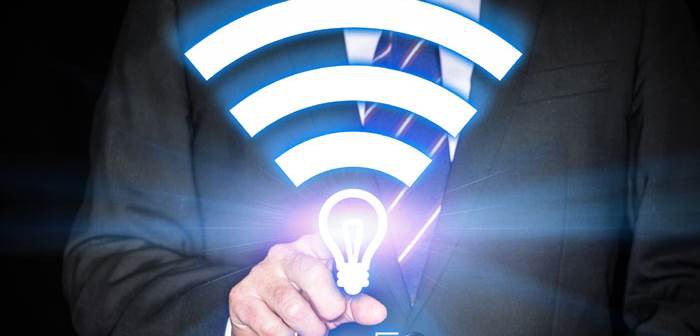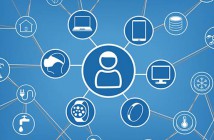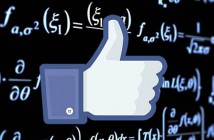First we had Sci-Fi, then we had Hi-Fi, then Wi-Fi and now we have Li-Fi. What the Fi?
What is Li-Fi you ask? Well according to Wikipedia it is
“a bidirectional, high speed and fully networked wireless communication technology similar to Wi-Fi. The term was coined by Harald Haas and is a form of visible light communication and a subset of optical wireless communications (OWC) and could be a complement to RF communication (Wi-Fi or Cellular network), or even a replacement in contexts of data broadcasting. It is so far measured to be about 100 times faster than some Wi-Fi implementations, reaching speeds of 224 gigabits per second”
Okay so what does this all mean? Simply, you can transfer data through light – SAY WHAT! Li-Fi is the extension which will close the digital divide. Currently there are roughly 4.3 billion people without access to the internet and according to the Dell Report of 2014 on the internet of things (IOT), there will be around 50 billion connected devices by 2020. Currently worldwide information and communication technology requires about 100 nuclear power plants, however with Li-Fi all that will be required is LED lights and solar panels – now that’s what is called eco-friendly.
So how does this impact us? Well as stated, the IOT is ever-growing and we require more and more bandwidth to run these devices. As Li-Fi uses energy from LED lightbulbs, there will be less stress on the bandwidth and it will allow us to activate these devices and use them with much more ease than Wi-Fi which, through my experience, is more vulnerable to slow down or…
Exactly I could not finish that sentence because my Wi-Fi cut out and this is where Li-Fi comes into play. A standard solar shell which powers the LED bulbs and thus the Li-Fi will provide 50MB! 50MB! I can’t even get 4MB in my house.
Li-Fi could be REVOLUTIONARY! Street lights, IOT, less developed countries which have slow to non-existent web access, Li-Fi will allow these countries to fully connect at great speeds. With Google Project Loon and Facebook’s internet.org trying to give internet access to remote areas, Li-Fi is the next edition in building a more connected world.
It does have its downsides, one of which being that the lights always have to be on for connectivity and that the signal cannot pass through walls but for me this is a minor negative as most rooms have light and most people leave their lights on anyway. Regardless, Li-Fi is not here to replace Wi-Fi but to work side by side so any areas which Wi-Fi cannot handle Li-Fi will pick up the slack.
I guess Li-Fi adds a whole new meaning to being switched on!




